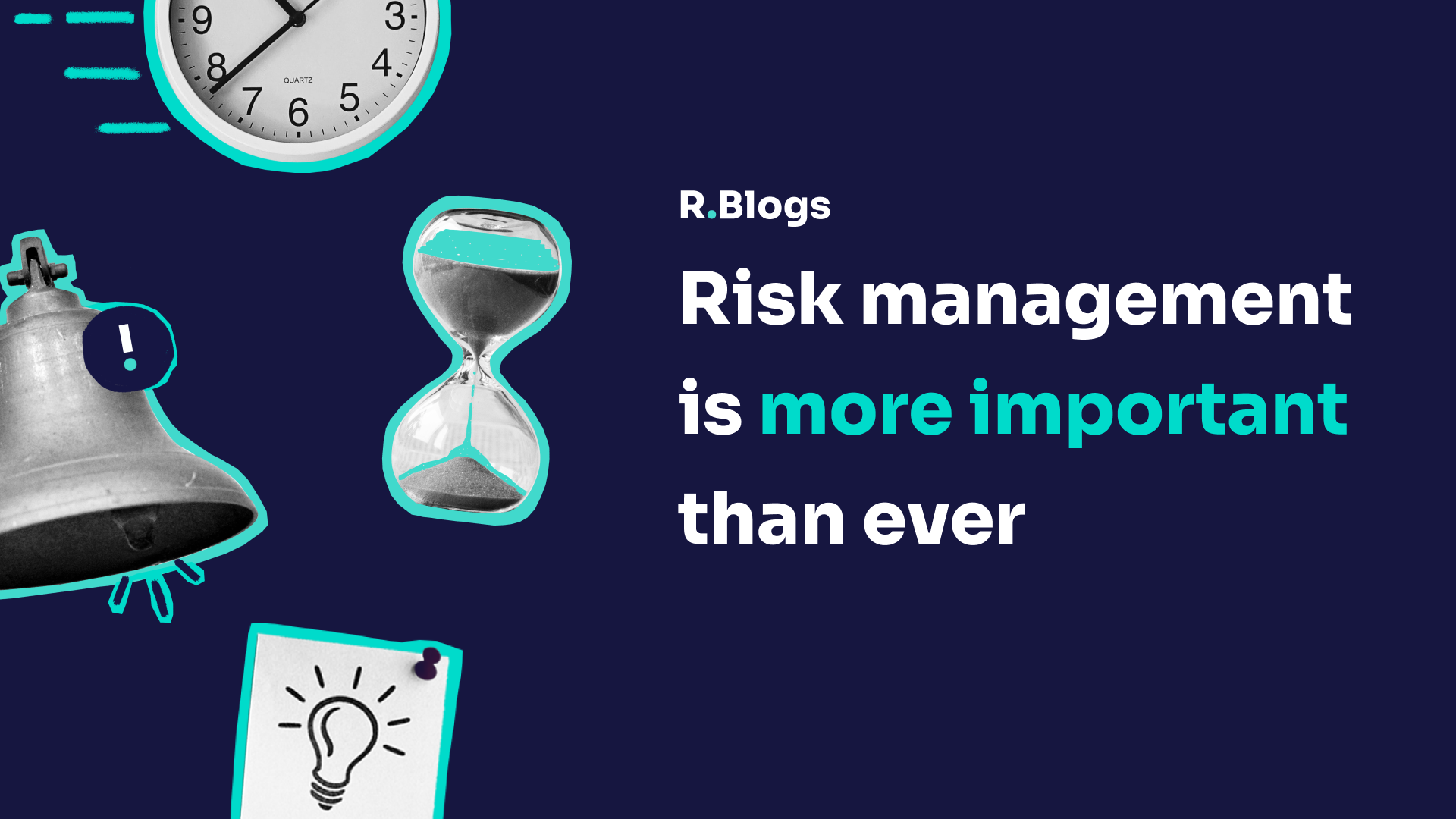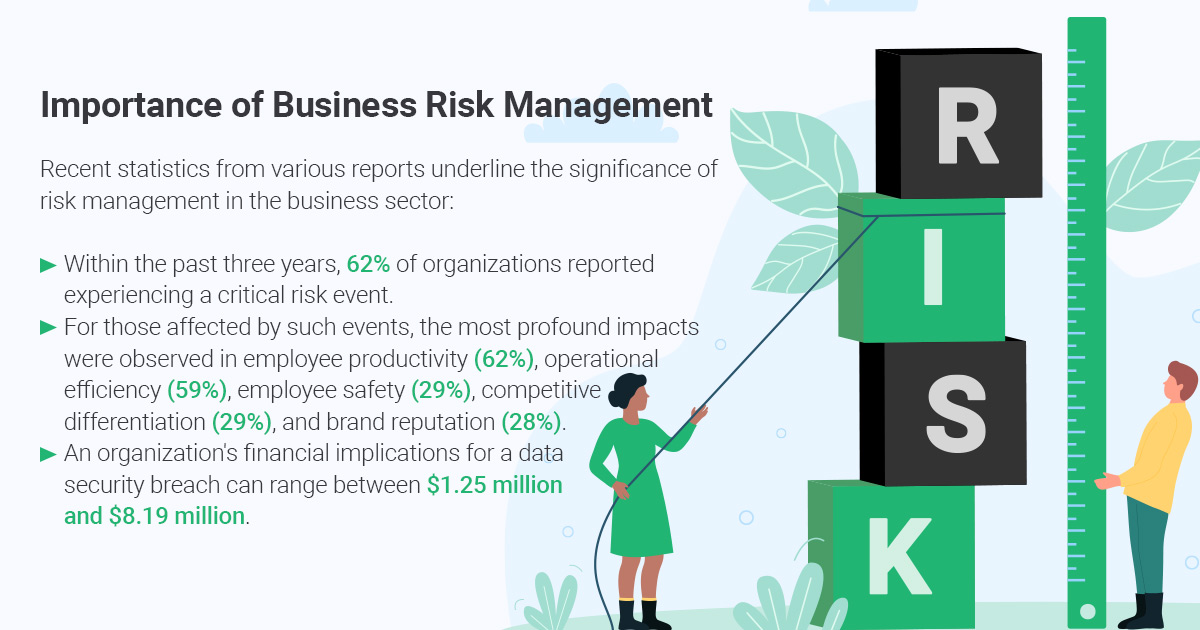The Essential Importance of Risk Management in Protecting Company Assets
The Essential Importance of Risk Management in Protecting Company Assets
Blog Article
Discovering the Importance of Risk Management for Effective Decision-Making Methods
In the detailed globe of service, Risk Management arises as an important consider the decision-making procedure. The capability to recognize prospective risks and chances, and plan as necessary, can mean the distinction between success and failing. With devices such as SWOT and PESTEL, organizations are outfitted to make educated choices, cultivating durability and adaptability in an ever-changing setting. Wondering just how this works? Allow's unpack the dynamics additionally.
Comprehending the Concept of Risk Management
Risk Management, an essential element in decision-making, is typically misunderstood or oversimplified. Risk Management includes organized and regimented strategies, utilizing information and insightful evaluations. From financial unpredictabilities, legal responsibilities, tactical Management mistakes, to accidents and natural disasters, it attends to various dangers - importance of risk management.
The Duty of Risk Management in Decision-Making Processes
In the realm of tactical preparation and business operations, Risk Management plays an essential function in decision-making procedures. It aids in determining possible threats and uncertainties that might affect the accomplishment of organization goals. By mapping these threats, firms can formulate approaches to alleviate their impact, guaranteeing organization connection and stability. Risk Management thus ends up being a crucial tool in decision-making, assisting leaders to make enlightened choices based upon an extensive understanding of the threats included. It urges a proactive technique, allowing organizations to prepare and expect for possible future situations. This substantially minimizes the chance of adverse effects, advertising much more effective and efficient decision-making methods. Consequently, Risk Management offers as a crucial part in the decision-making procedures of any type of organization.

Exactly How Risk Management Improves Strategic Planning
In the context of tactical planning, Risk Management plays a critical duty. Launching with the identification of potential threats, it better reaches the implementation of Risk reduction steps. The role of Risk Management is dynamic yet not fixed, as it requires continuous monitoring and adjusting of techniques.
Recognizing Prospective Risks

Executing Risk Reduction
Having actually developed the relevance of recognizing possible threats, the following action is to discover Risk reduction. This procedure entails creating and implementing strategies to handle recognized threats effectively. It is an important element of critical preparation as it enhances decision-making by reducing possible negative outcomes. Risk reduction approaches can vary from Risk evasion, Risk transfer, to risk reduction. Each method should be tailored to the particular Risk, considering its prospective influence and the company's Risk resistance. Moreover, effective Risk reduction calls for a deep understanding of the Risk landscape and the potential impact of each Risk. This understanding makes it possible for organizations to prioritize dangers and allot resources successfully, guaranteeing that one of the most significant threats are attended to initially.
Surveillance and Changing Methods
Though Risk mitigation is an important step in calculated preparation, continuous tracking home and modification of these techniques is similarly crucial. It likewise offers an opportunity to examine the success of the Risk Management actions, allowing adjustments to be made where needed, additional boosting critical preparation. Tracking and changing Risk Management approaches is a crucial element for enhancing a company's strength and critical preparation.
Case Studies: Effective Risk Management and Decision-Making
In the world of company and financing, effective Risk Management and decision-making commonly act as the pillars of thriving ventures. One such entity is an international oil business that minimized financial loss by hedging against rising and fall oil prices. In an additional instance, a technology startup prospered by identifying and approving risky, high-reward techniques in a volatile market. An international financial institution, confronted with regulatory unpredictabilities, effectively navigated the scenario with proactive Risk evaluation and vibrant decision-making. These instances highlight the value of sharp Risk Management in decision-making procedures. It is not the absence of Risk, but the Management of it, that frequently distinguishes successful companies from not successful ones. These instances highlight the important duty of Risk Management in calculated decision-making. importance of risk management.
Devices and Strategies for Reliable Risk Management
Navigating the detailed maze of Risk Management requires the ideal set of techniques and tools. These devices, such as Risk registers and warm maps, help in identifying and evaluating potential threats. Strategies consist of both measurable approaches, like level website here of sensitivity evaluation, and qualitative methods, such as SWOT evaluation. These assistance in prioritizing threats based upon their possible effect and likelihood. Risk feedback strategies, a crucial part of Risk Management, include approving, avoiding, moving, or mitigating risks. Surveillance and managing risks, with routine audits and testimonials, make sure that the techniques stay reliable. With these methods and tools, decision-makers can navigate the complicated landscape of Risk Management, thus promoting notified and reliable decision-making.
Future Trends in Risk Management and Decision-Making Strategies
As we discover the large landscape of Risk Management, it ends up being apparent that the devices and techniques made use of today will proceed to develop. The principle of Risk culture, where More Help every member of a company is aware and included in Risk Management, will obtain more prestige. These patterns proclaim a more comprehensive and proactive strategy towards Risk Management and decision-making.
Final thought

Risk Management thus comes to be an essential device in decision-making, assisting leaders to make informed choices based on a thorough understanding of the dangers included. Risk reduction methods can range from Risk evasion, Risk transfer, to run the risk of reduction (importance of risk management). Effective Risk mitigation requires a deep understanding of the Risk landscape and the possible effect of each Risk. Risk response strategies, a key part of Risk Management, include accepting, staying clear of, transferring, or mitigating risks. The idea of Risk society, where every participant of an organization is conscious and involved in Risk Management, will certainly gain extra importance
Report this page